China's record-setting Shenzhou 13 mission is in the books.
A Shenzhou spacecraft carrying three astronauts landed safely in northern China's Inner Mongolia Autonomous Region on Friday (April 15) just before 10 p.m. EDT (0200 GMT), about 9 hours after departing from the core Tianhe module of the country's new Tiangong space station. It was Saturday morning (April 16) local time at the landing site.
The touchdown wrapped up the Shenzhou 13 mission, which spent a national-record six months in orbit, the vast majority of it aboard Tianhe. The longest previous Chinese crewed mission was Shenzhou 12, which sent three astronauts to the nascent station for 92 days last year.
Shortly after landing, all three astronauts radioed that they were feeling fine after their long space mission, prompting applause from the China National Space Administration's mission control center in Beijing.
Related: The latest news about China's space program
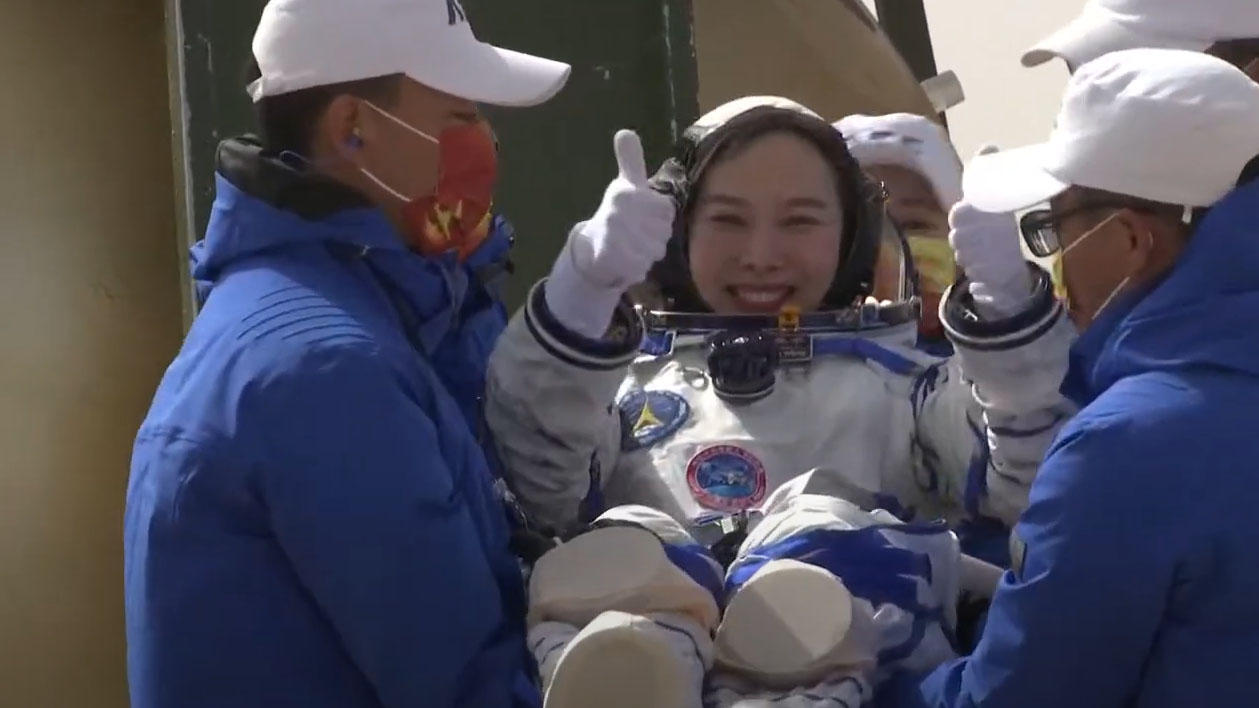
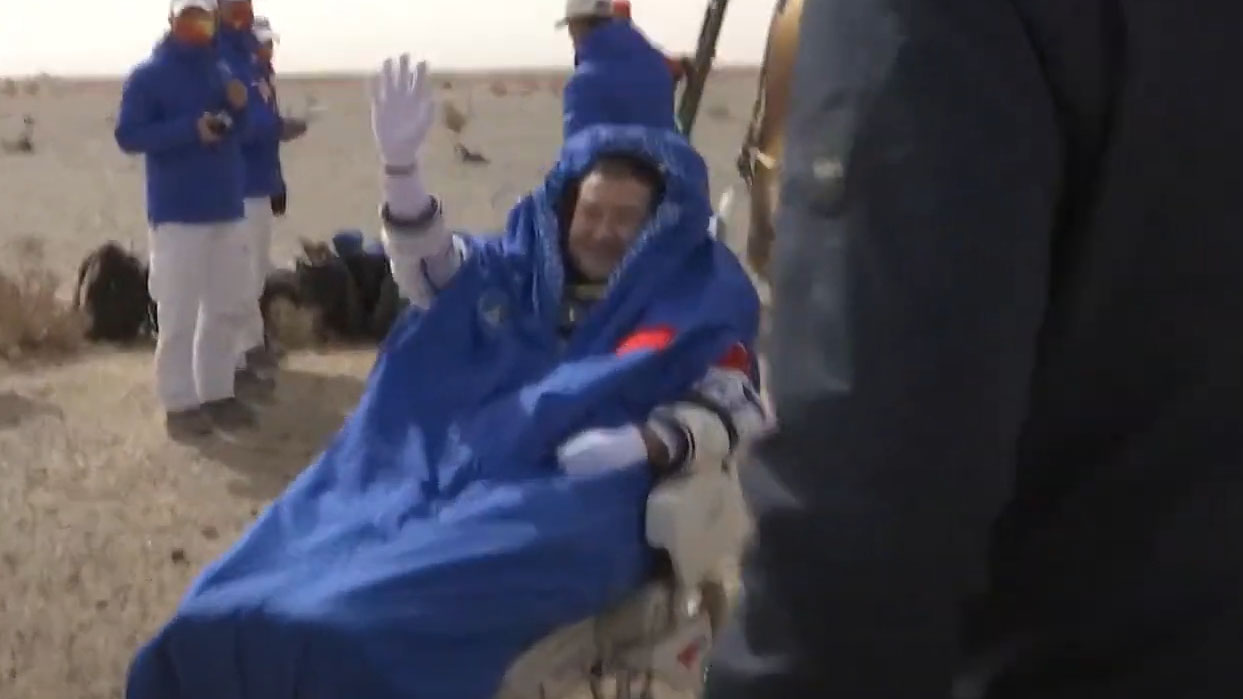
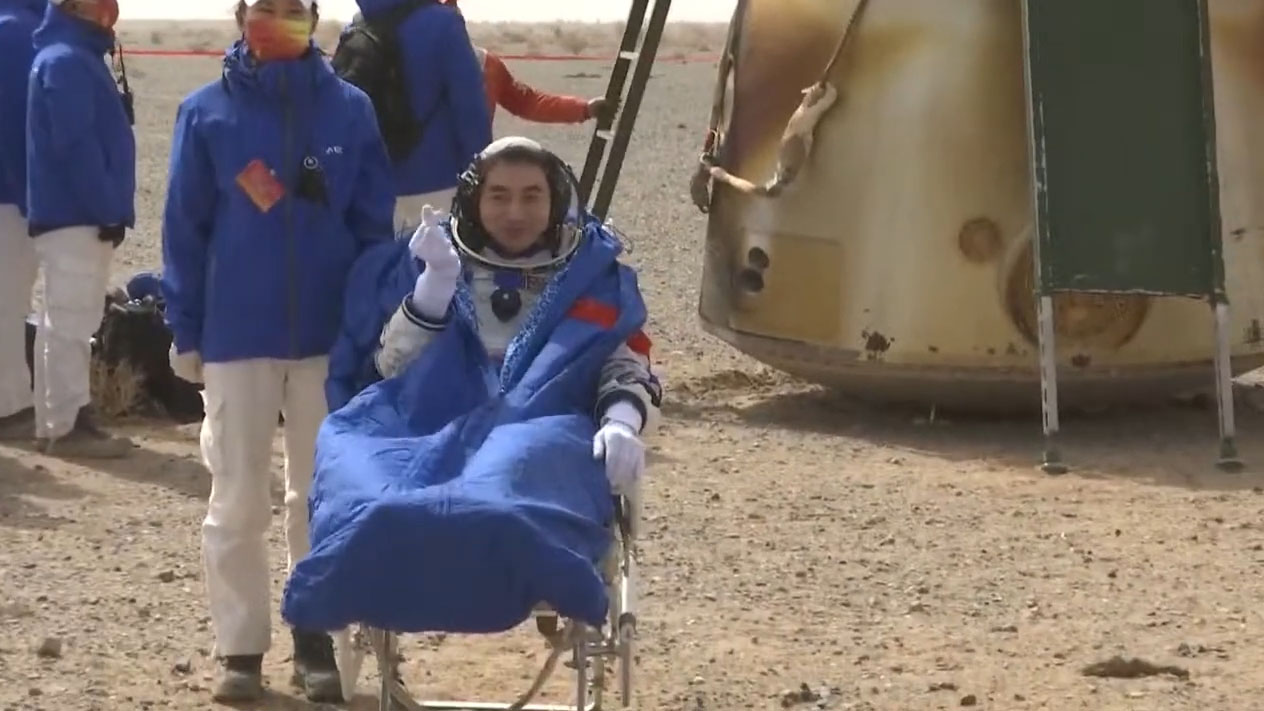
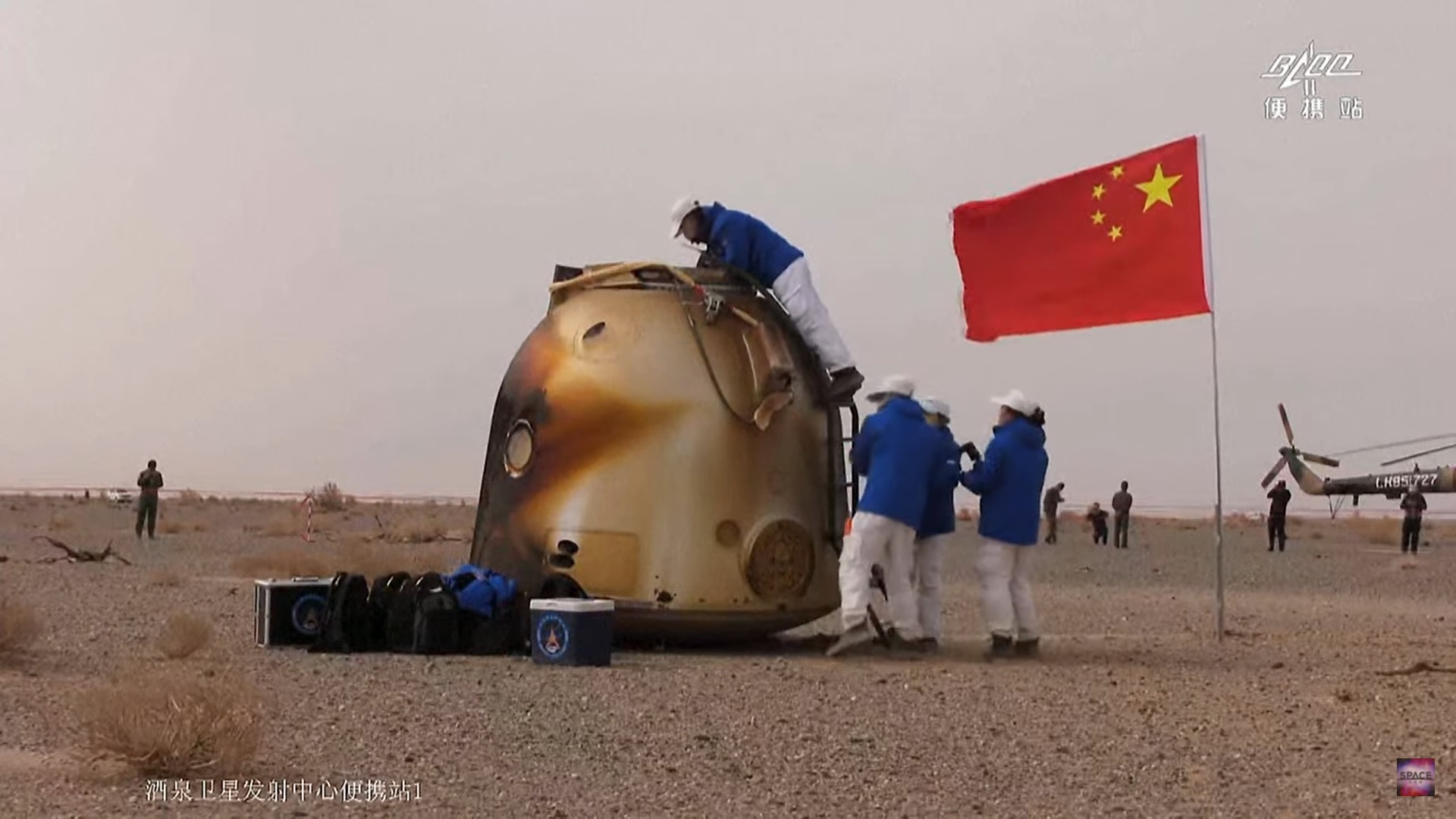
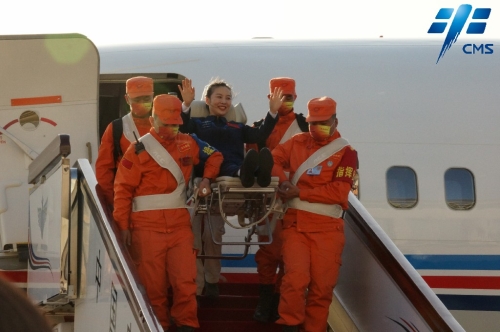
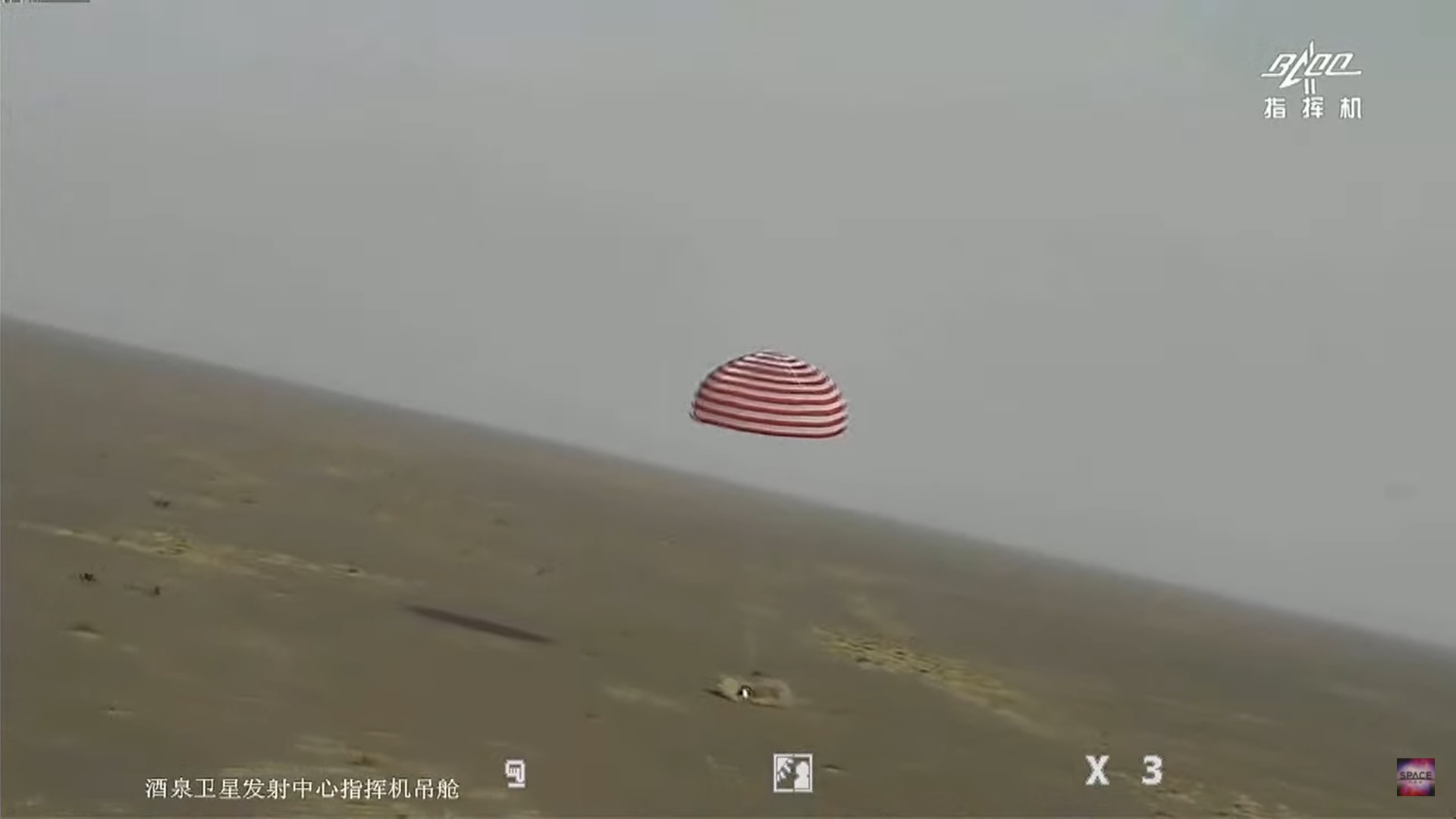
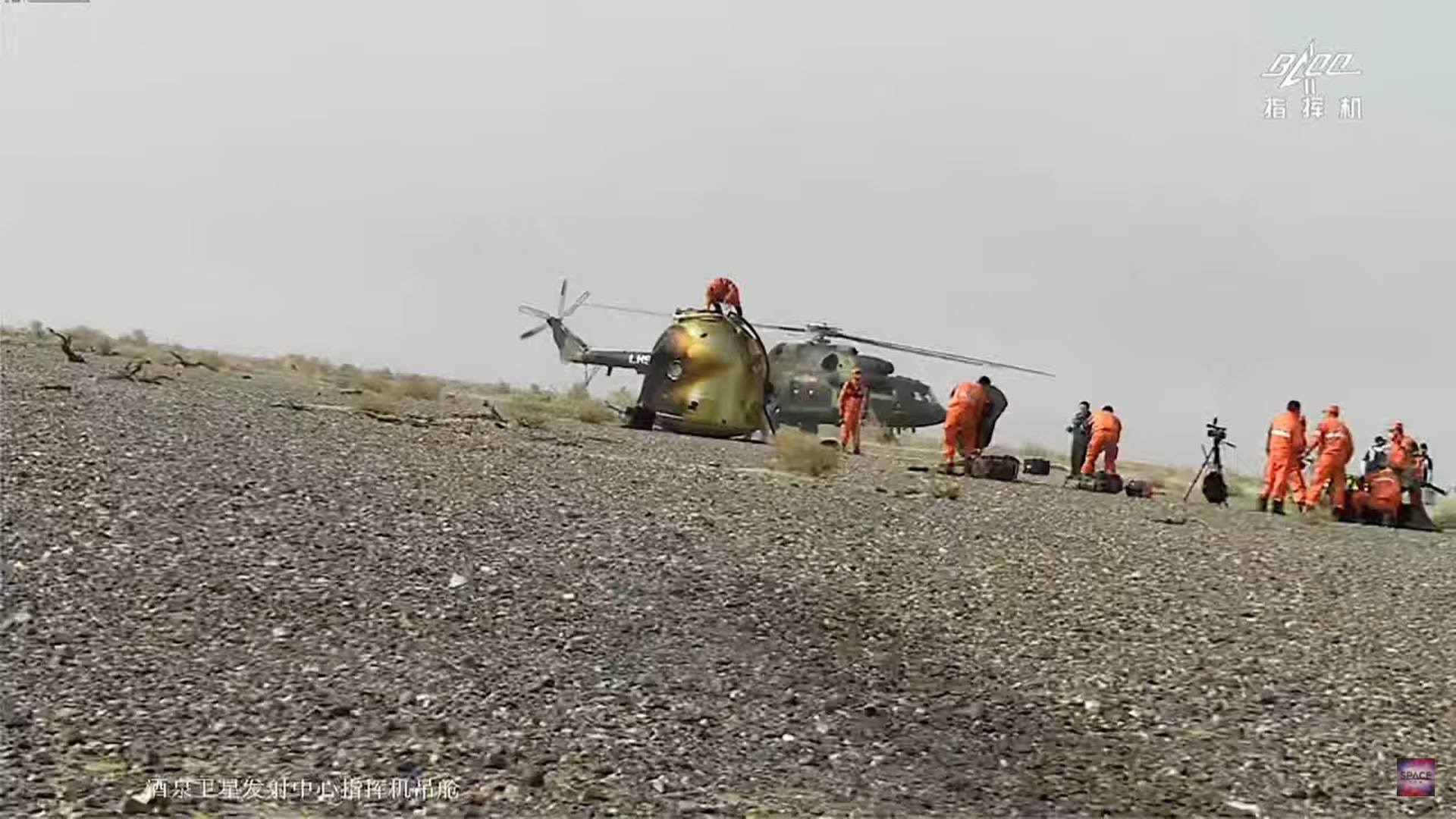
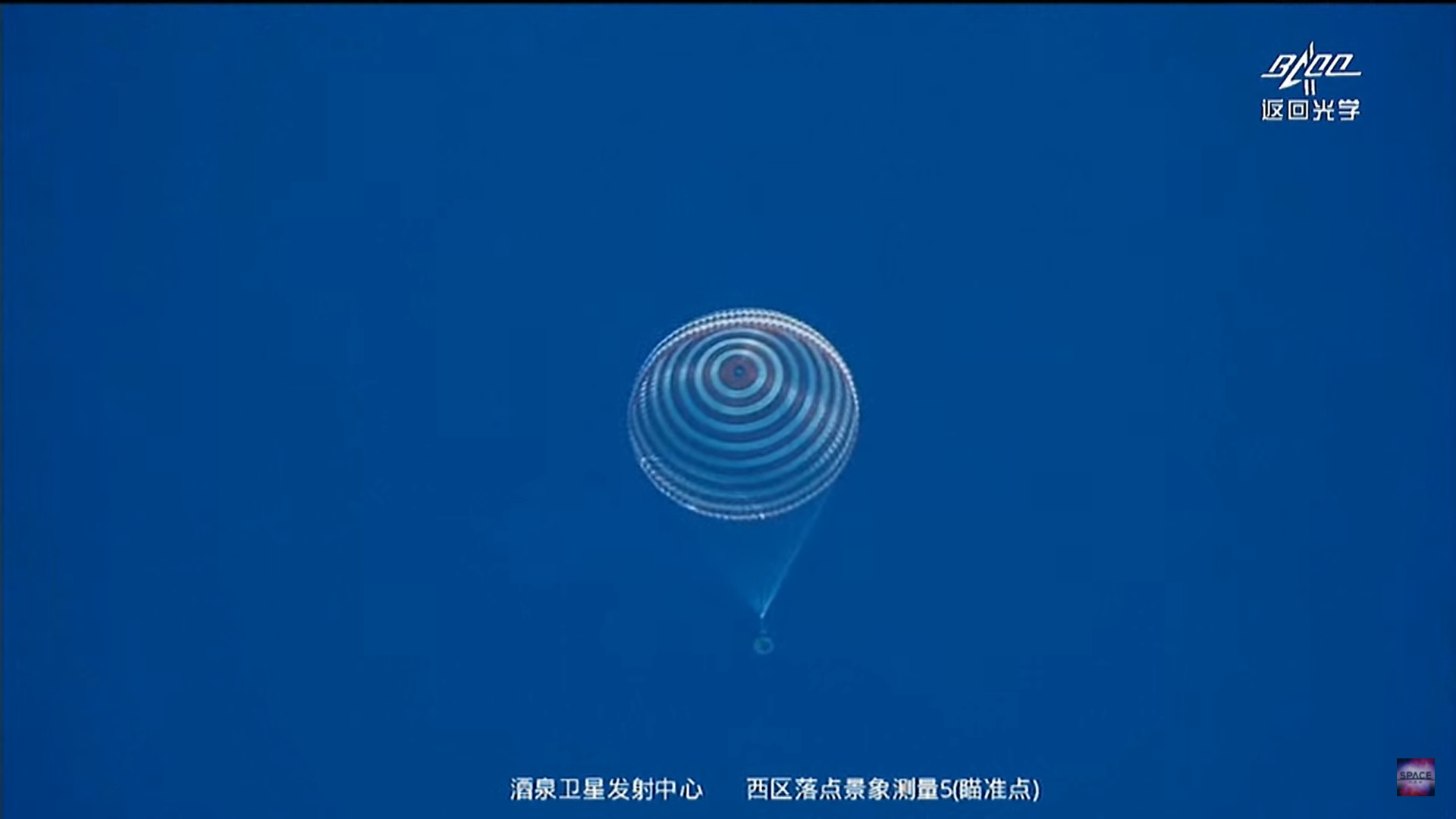
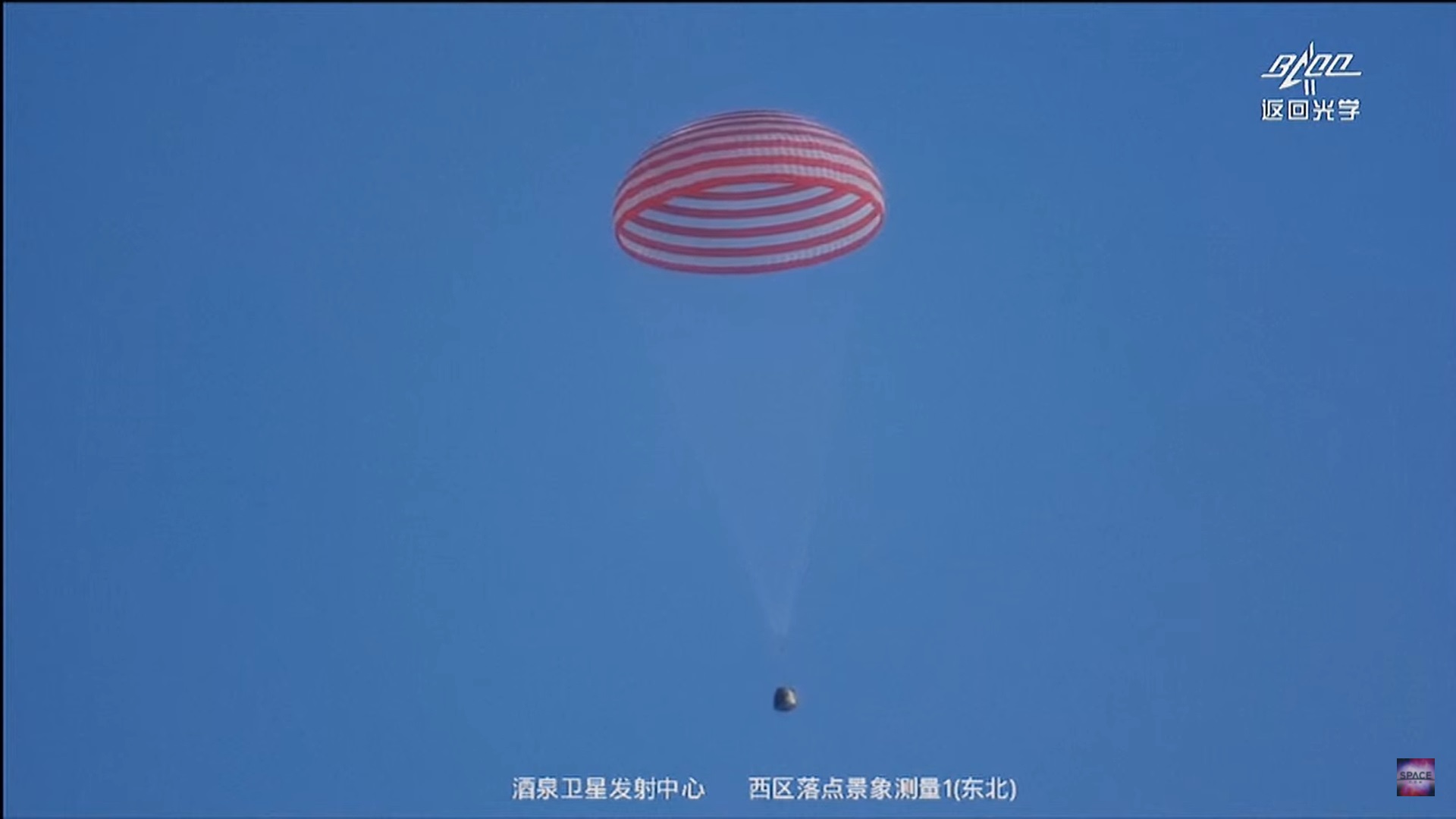
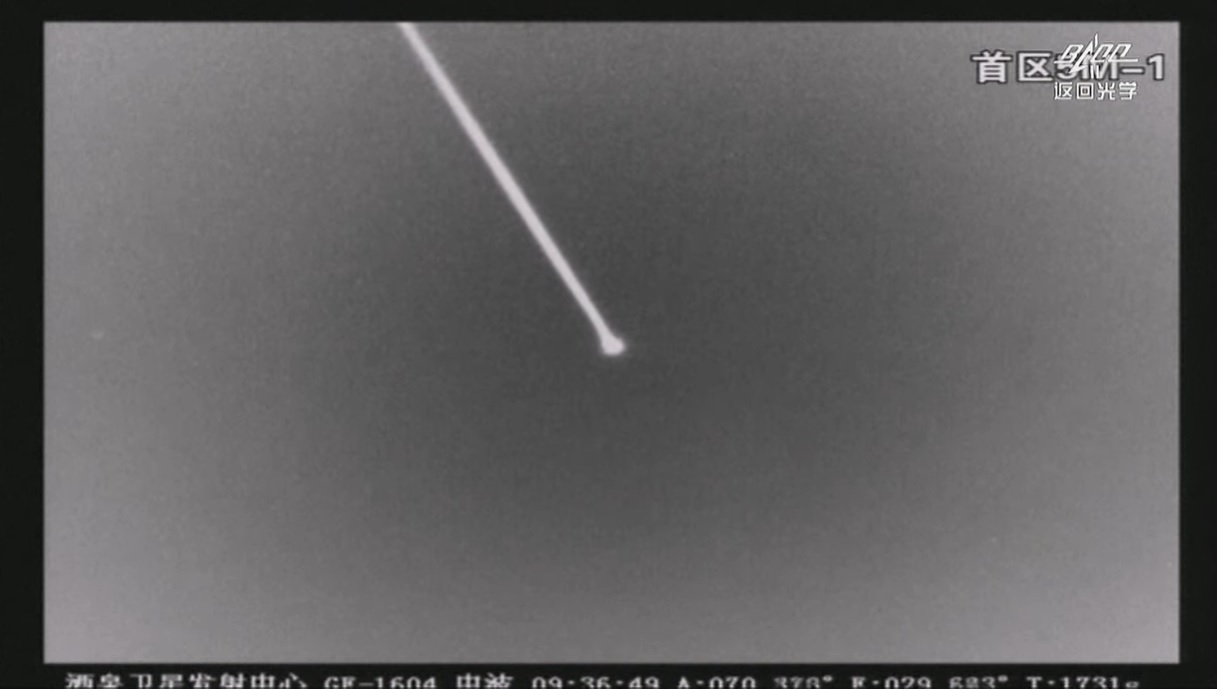
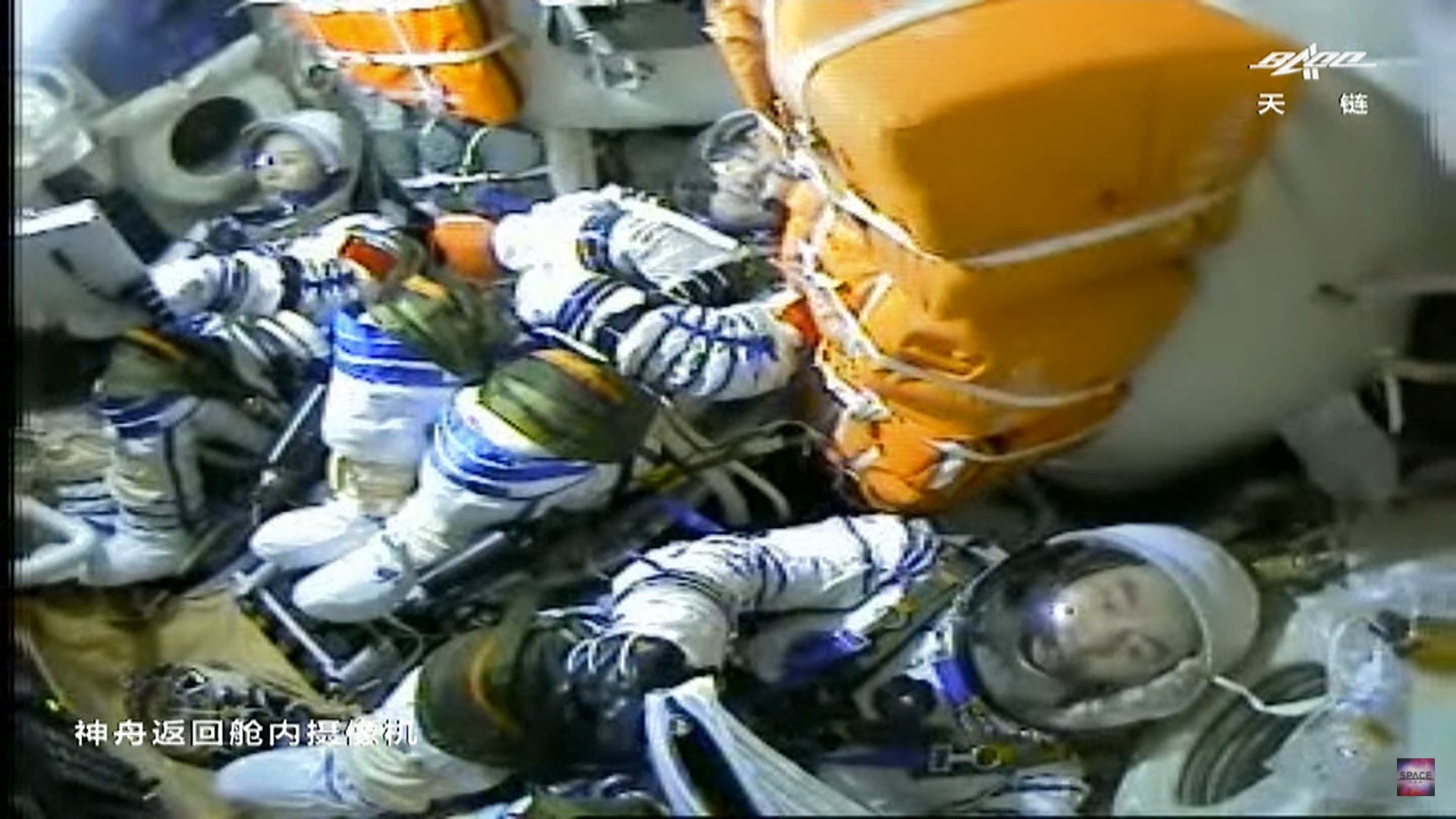
For perspective: Six months is the duration of a normal astronaut mission to the International Space Station (a program that China is not a part of). Some ISS missions last longer than that, however; NASA astronaut Mark Vande Hei and cosmonaut Pyotr Dubrov recently came back to Earth after 355 days aboard the orbiting lab.
Shenzhou 13 set other national marks as well. For example, the mission's Wang Yaping became the first woman to live aboard Tianhe and the first Chinese woman ever to conduct a spacewalk.
Get the Space.com Newsletter
Breaking space news, the latest updates on rocket launches, skywatching events and more!
Wang was joined on Shenzhou 13 by Ye Guangfu and Zhai Zhigang, who commanded the mission. The trio lifted off on Oct. 15, rising off a pad at Jiuquan Satellite Launch Center in the Gobi Desert.
They arrived in short order at Tianhe, the central piece of China's unfinished space station. The orbiting lab will ultimately include two more modules, both of which China plans to launch later this year.
Zhai, Wang and Ye were very busy during their six months in orbit. The astronauts — or taikonauts, as Chinese spaceflyers are called — performed two spacewalks, conducted more than 20 different science experiments and delivered two live educational lectures from Tianhe.
These talks served multiple purposes, experts say.
"A real-time, interactive event with China's taikonauts highlights the reality of the country's technological achievements and displays the competencies and utility of its space program," Molly Silk, a doctoral researcher of Chinese space policy at the University of Manchester in England, told Space.com recently.
"Such an event serves to enhance national pride and to encourage young citizens to pursue science-based careers," she added.
The Shenzhou 13 crew also spent some time getting Tianhe ready for its next round of visitors, which will arrive relatively soon; the Shenzhou 14 mission is expected to launch in early June.
Shenzhou 13 was the second crewed mission to Tianhe, which launched to low Earth orbit in April 2021. The first was Shenzhou 12, which lifted off in June 2021 and landed that October.
Two robotic Tianzhou cargo spacecraft have visited Tianhe as well, and another is expected to launch toward the core module next month.
Mike Wall is the author of "Out There" (Grand Central Publishing, 2018; illustrated by Karl Tate), a book about the search for alien life. Follow him on Twitter @michaeldwall. Follow us on Twitter @Spacedotcom or on Facebook.
Join our Space Forums to keep talking space on the latest missions, night sky and more! And if you have a news tip, correction or comment, let us know at: community@space.com.

Michael Wall is a Senior Space Writer with Space.com and joined the team in 2010. He primarily covers exoplanets, spaceflight and military space, but has been known to dabble in the space art beat. His book about the search for alien life, "Out There," was published on Nov. 13, 2018. Before becoming a science writer, Michael worked as a herpetologist and wildlife biologist. He has a Ph.D. in evolutionary biology from the University of Sydney, Australia, a bachelor's degree from the University of Arizona, and a graduate certificate in science writing from the University of California, Santa Cruz. To find out what his latest project is, you can follow Michael on Twitter.









